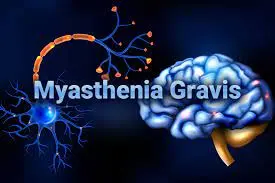Basilar Artery Thrombosis
What is Basilar Artery Thrombosis? Basilar artery thrombosis is a devastating stroke condition with a high morbidity and mortality rate. Its initial presentation is frequently nonspecific and may include dizziness or blurred vision. Bilateral vertebral artery joint at the junction of the pons-medulla formed the Basilar artery. It delivers oxygen-rich blood to the brain’s brainstem,…










